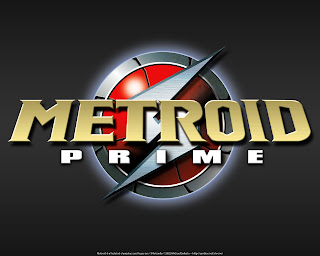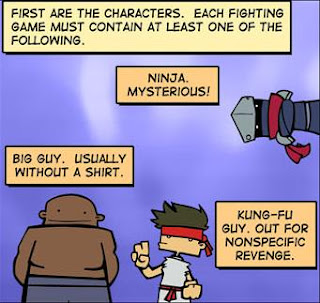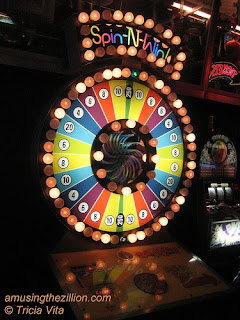You're not gonna win big at arcades

Seriously people, when you go to any arcade, those big prizes like consumer electronics and giant stuffed animals are simply a cocktease. They look so pretty you just wanna take'em home and show them just how much you love'em. You won't. Let's do a little math here. At my arcade, games are supposed to regularly pay out about 20% of what they take in (1/5 for those not so inclined into percentages). That means your money is shrinking to 1/5 of its original amount. Once you actually get in the redemption center, most everything's priced at double the cents (not dollars) it cost to bring it in, so now your money is really 1/10 of what it originally was. Assuming completely average skill and assuming you only play skill-based games (good luck finding them), you're going to spend 10x what it would actually cost to purchase items. My point is not to say you will never succeed, just that it should not be your goal to get those big items. I have...









